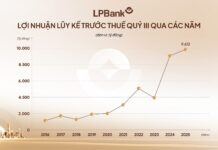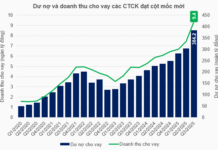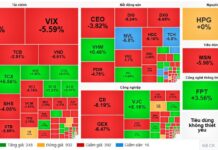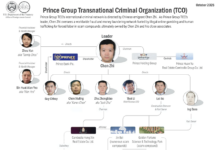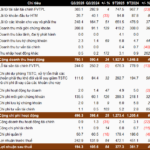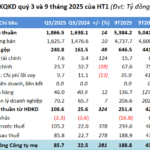Statistics of Vietnam’s Exports of Rattan, Bamboo, Straw and Carpets Show Significant Growth
Preliminary statistics from the General Department of Vietnam Customs reveal that Vietnam’s exports of rattan, bamboo, straw, and carpets reached over $79.7 million in January 2024, an increase of 11.8% compared to the previous month and a 74.3% increase compared to the same period in 2023. After a decline at the end of 2022, export turnover has made a remarkable recovery and growth.
In terms of markets, the United States remains the largest export market for Vietnam. In January, exports of rattan, bamboo, straw, and carpets to the US earned $31.3 million, a growth rate of 107.2% compared to January 2023, accounting for 39.2% of the total.

Surpassing Japan, the United Kingdom is the second largest export market. In January, it imported nearly $5.3 million worth of products, a 55.6% increase compared to the same period last year, accounting for 6.6% of the total.
Japan dropped to the third position, importing $5.2 million worth of products in January 2024, a 44% increase compared to the same period in 2022, accounting for 6.5% of the total.
In addition to the top three markets, many other markets are experiencing impressive growth, such as Sweden (288%), Canada (230%), and Italy (119%). Notably, China, one of the world’s largest exporters of rattan, bamboo, straw, and carpets, increased its imports from Vietnam by 214% in January 2024.
The implementation of free trade agreements like RCEP, CPTPP, and EVFTA opens up export opportunities for Vietnam’s rattan, bamboo, straw, and carpet products, especially in high-demand markets such as the US, Europe, and Japan. The eco-friendly and easily biodegradable nature of these materials aligns with the consumer culture in these regions.
Meanwhile, the craft of rattan and bamboo weaving is almost disappearing in developed countries due to their inability to mechanize production processes. This presents a golden opportunity for traditional craft villages in Vietnam.
Vietnam’s rattan, bamboo, straw, and carpet products have the potential to capture 10%-15% market share globally. According to experts, the global rattan market is expected to reach $82.9 billion by 2028. It is projected to expand at a compound annual growth rate (CAGR) of 5.7% from 2021 to 2028, with prominent trends.

Bamboo is one of the fastest-growing trees in nature, capable of growing into forests in just 4 to 6 years. It can be sustainably utilized after planting.
Vietnam has a vast area of bamboo, up to 1.5 million hectares, distributed across most provinces in the country, with 37 out of 63 provinces having areas over 10,000 hectares. Vietnam’s bamboo resources are rich and diverse, with hundreds of species, including economically valuable ones such as Luong, Lung, Truc Sao, Lo O, Buong, Tam Vong, and Tre Gai.
The country has over 1,000 villages specializing in rattan and bamboo weaving, accounting for 24% of the total craft villages nationwide. The northern and central regions are known for products made from rattan, bamboo, and straw, while the southwestern region focuses on products made from bèo tây (a type of aquatic plant) and loose leaves.








